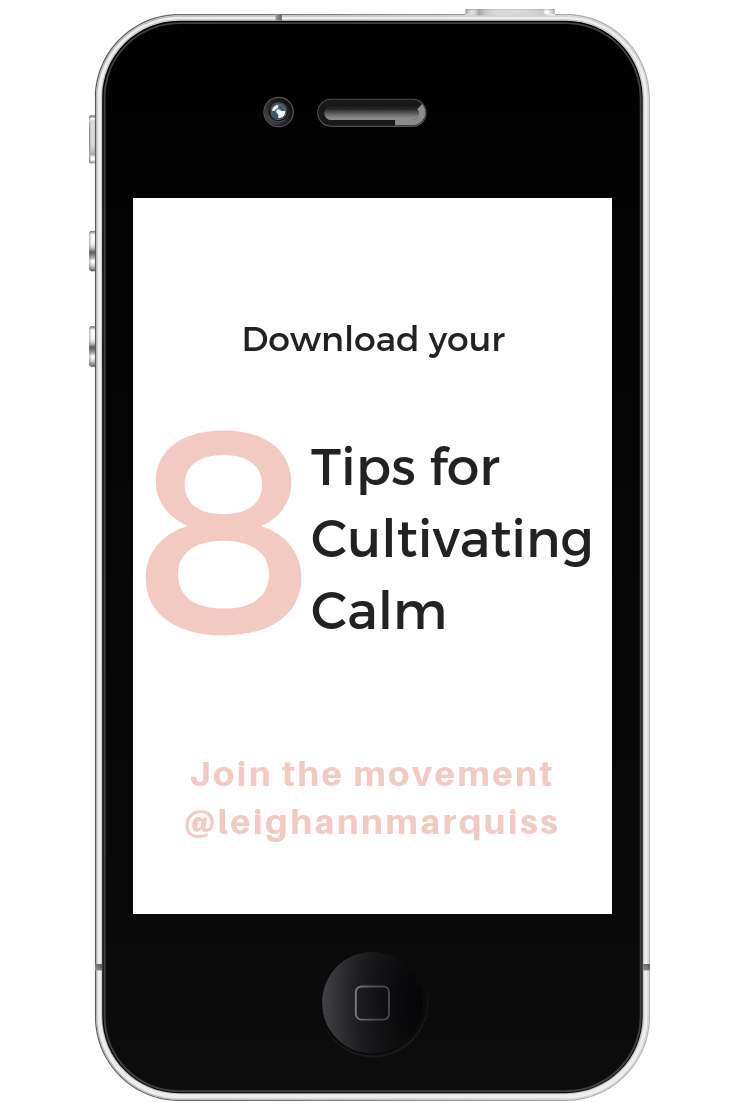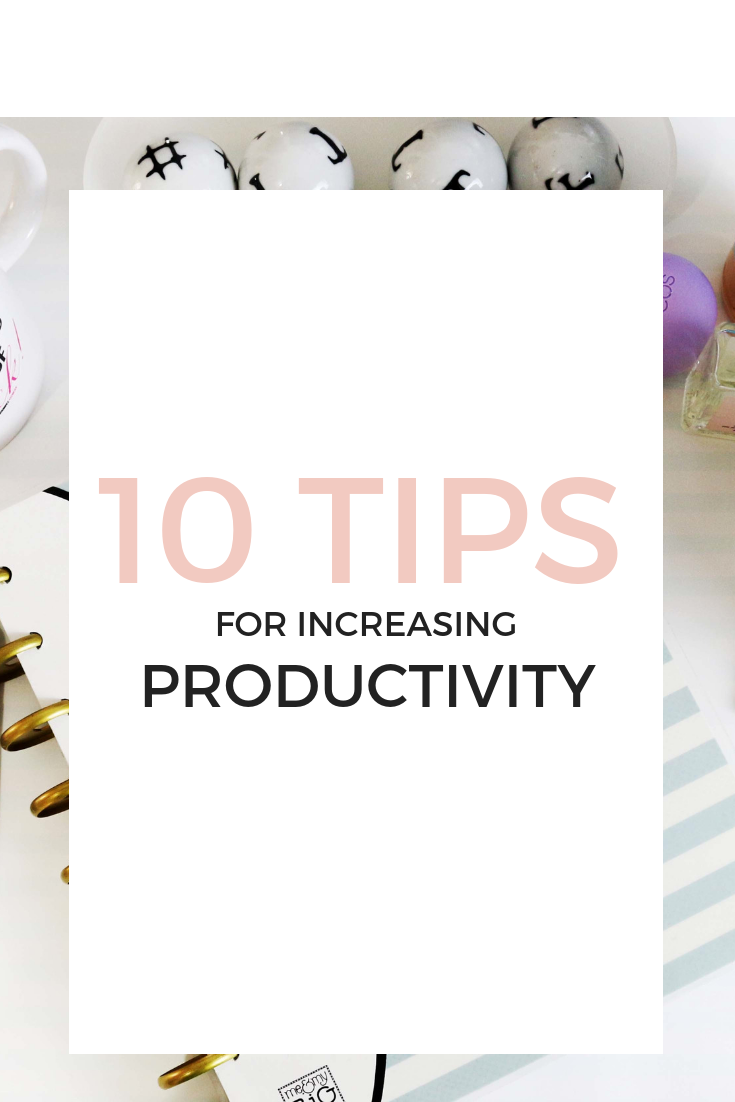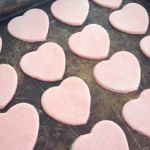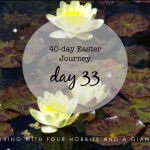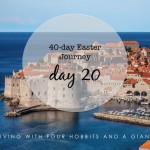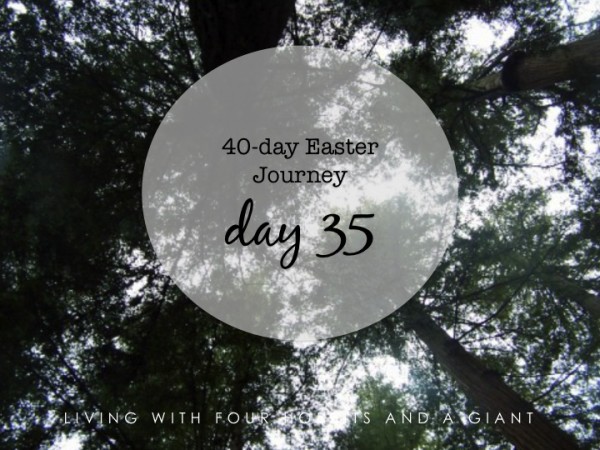
The Bread and the Wine
Luke 22: 17-20 And when He had taken a cup and given thanks, He said, “Take this and share it among yourselves; for I say to you, I will not drink of the fruit of the vine from now on until the kingdom of God comes.” And when He had taken some bread and given thanks, He broke it, and gave it to them saying, “This is My body which is given for you; do this in remembrance of Me.” And in the same way He took the cup after they had eaten, saying, “This cup which is poured out for you is the new covenant in My blood.”
I Corinthians 12: 26 For as often as you eat this bread and drink the cup, you proclaim the Lord’s death until He comes.
Activity:
Younger kids: Make and explain a traditional Jewish Seder plate – a small plate of specific food eaten before the Passover meal that holds deep significance to the Jewish people. (Directions on following page.)
Older kids who have expressed faith in Christ: Have communion together as a family, perhaps in the evening after supper, by candlelight. Consider reading I Corinthians 11: 23-34, which gives parameters around who should participate in communion and how.
Traditional Seder Plate:
There are six food items on the plate and then matzot crackers to the side on a napkin. Seder is the remembering of the plight of the Jews who were slaves in Egypt. It takes place during Passover when Jews remember the miracles of the Exodus – the redemption of God’s people foreshadowing the Messiah to come.
1. The shankbone symbolized the lamb that was sacrificed the night before the Exodus and whose blood was spread on the doorframe. A roasted chicken neck is often substituted when lamb shankbone isn’t available. This is symbolic only and is not consumed during the meal.
2. The hardboiled egg symbolizes the offerings brought by the Jews to the Old Testament Temple. It’s removed from the plate and eaten during the Passover meal following observation of Seder.
3. Bitter herbs: The most common herbs used are Romaine or Endive lettuce leaves, or grated horseradish. This symbolizes the bitterness of slavery in Egypt for the Jews. The horseradish should be laid on a bed of Romaine and eaten together.
4. The mixture is made from peeled chopped apple, finely chopped walnuts, and a splash of wine. It symbolizes the brick and mortar made by the Jewish slaves in Egypt. The Mixture is placed in a piece of lettuce, put between two pieces of matzot and eaten.
5. The vegetable is a slice of onion or boiled potato. This symbolizes the hard labor done by the Jewish slaves. The Rabbi (or group leader) should dip it in salt water and give each person one bite.
6. A second bitter herb (lettuce) is typically Romaine and again symbolizes the bitterness of slavery. In addition to the piece under the horseradish, another piece appears on the plate and is dipped in salt water.
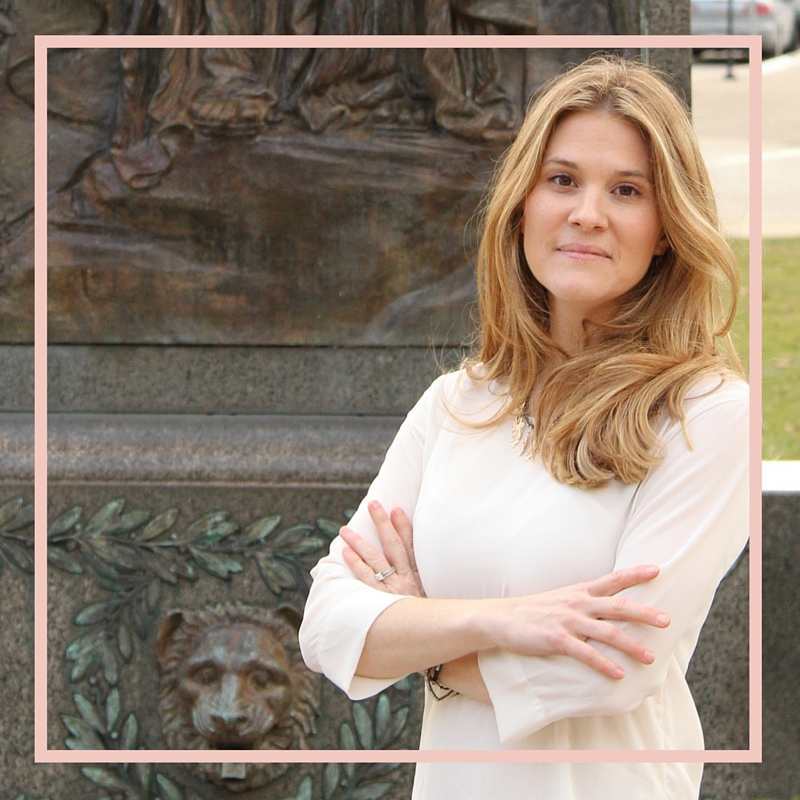
Hi! I’m Leighann. I help busy women go from frazzled to fabulous. I talk about winning imperfectly at life, finding hope in every season, and learning to manage stress while accomplishing your goals. But wait! I have two freebies below – don’t miss out on them – one to cultivate more calm in your life and the other to increase your productivity. Download them now!
